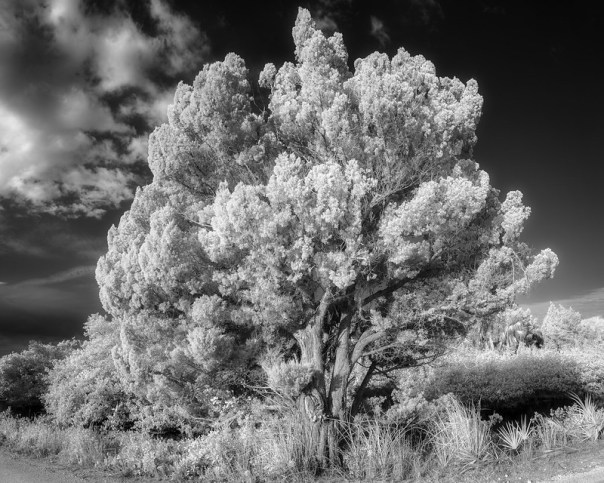Lynn and I spent a couple of days in St. Augustine, Florida last week. It’s been two years since I last wrote about it (in this post), but it’s still a photo rich environment. Here’s a sample of the images I made there this time.
 Columbia Restaurant interior. We usually stop by this place for the food, but the inside is lovely too!
Columbia Restaurant interior. We usually stop by this place for the food, but the inside is lovely too!
 Memorial Presbyterian Church Dome. We rode the Old Town Trolley around again and got off at this stop to see this beautiful church. Henry Flagler built it in the 1890s as a memorial to his wife.
Memorial Presbyterian Church Dome. We rode the Old Town Trolley around again and got off at this stop to see this beautiful church. Henry Flagler built it in the 1890s as a memorial to his wife.
 >Santa Maria Restaurant Ruins. Our trolley guide told us it has too much hurricane damage to repair. It’s going to be demolished soon and replaced with a new restaurant
>Santa Maria Restaurant Ruins. Our trolley guide told us it has too much hurricane damage to repair. It’s going to be demolished soon and replaced with a new restaurant
 Flower Box. I like to watch for interesting doors and windows when I walk through town. This is one example.
Flower Box. I like to watch for interesting doors and windows when I walk through town. This is one example.
 Golden mooring morning. Lynn used some points to help us splurge on a waterfront room. I made this from our balcony.
Golden mooring morning. Lynn used some points to help us splurge on a waterfront room. I made this from our balcony.
 Refreshments – Make the photo, then drink the subject. It’s important to get the sequence correct!
Refreshments – Make the photo, then drink the subject. It’s important to get the sequence correct!
What a photogenic place! They’ve done a wonderful job recovering from Hurricane Irma. It’s hard to see any remaining damage other than the Santa Maria Restaurant. You can browse all my St. Augustine blog posts at this link. And you can view my other St. Augustine images in this album on Flickr.
Thanks for stopping by and reading my blog. Now – go make some photos!
©2019, Ed Rosack. All rights reserved















































